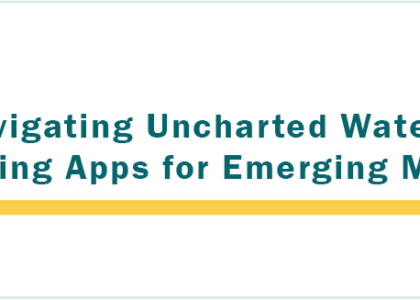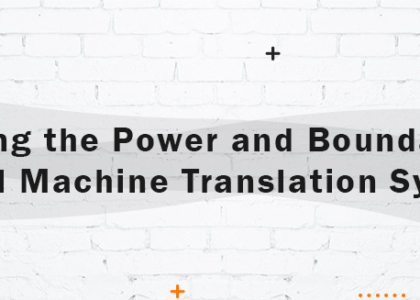Navigating Uncharted Waters: Localizing Apps for Emerging Markets
Localizing apps effectively for these markets requires a thoughtful approach that goes beyond mere translation.

Localizing apps effectively for these markets requires a thoughtful approach that goes beyond mere translation.

In today’s fast-evolving world, technology continues to reshape various industries, including the realm of language

In a world where technology rapidly advances, the art of human translation remains a cornerstone

In the fast-paced digital age, learning has transcended traditional boundaries, thanks to the widespread adoption